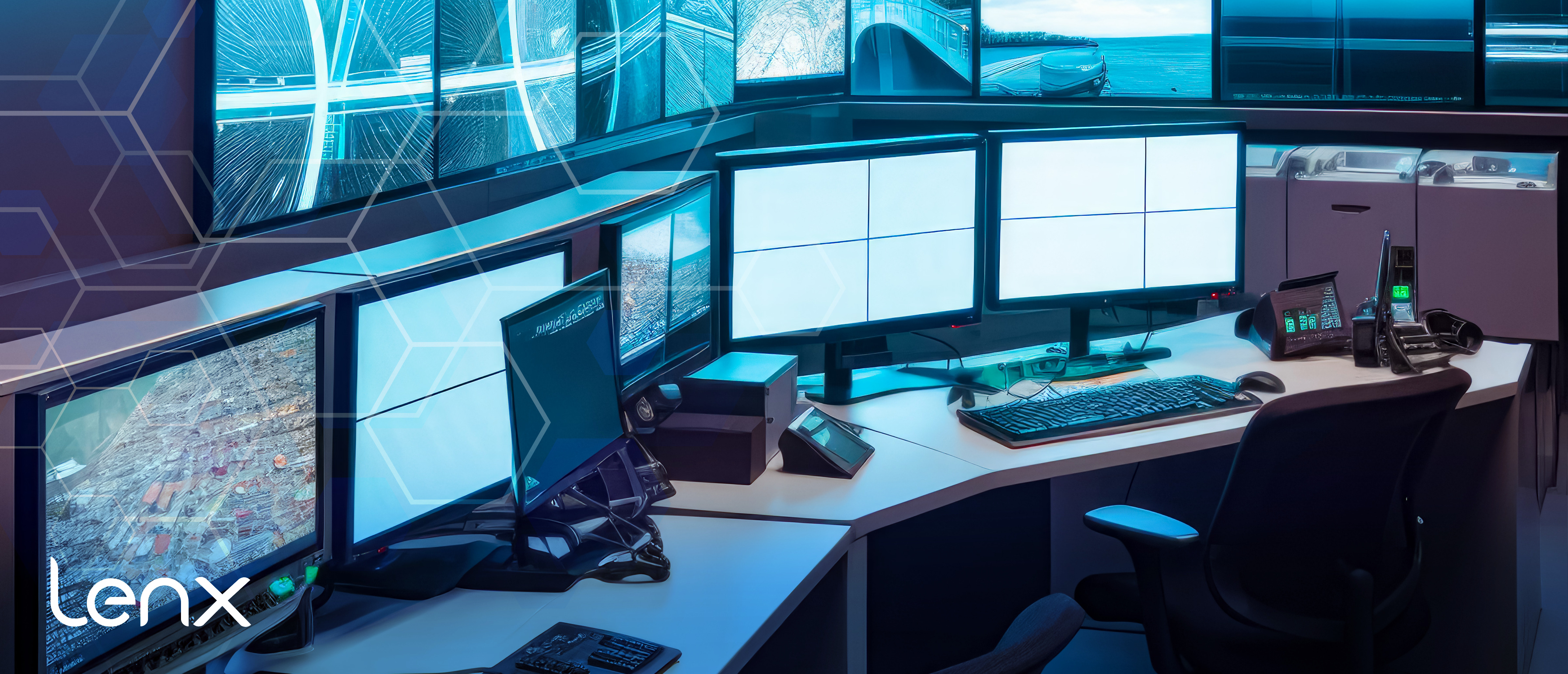
AI Security, Active Shooter Detection: Pros and Cons
In an era where security concerns are at an all-time high, technology has stepped up to offer solutions that aim to keep people safe. One such innovation is the implementation of AI security with active shooter detection systems. These advanced systems use artificial intelligence to identify potential threats such as firearms in public spaces, including schools, shopping centers, and workplaces. Below, we delve into the pros and cons of these systems to help you understand their implications for safety and privacy.
Enhanced Safety Measures
One of the most significant advantages of active shooter detection systems is the promise of enhanced safety. By deploying AI technology, these systems can quickly identify a weapon and alert authorities much faster than traditional methods. In situations where every second counts, this rapid response can potentially save lives by reducing the response time of law enforcement and allowing for immediate lockdown procedures.
Quick and Accurate Alerts
AI-driven active shooter alarms are designed to detect the visual signature of gunfire. Once detected, they send out alerts to designated personnel and law enforcement. This swift notification can be crucial in mitigating harm, as it provides the chance for individuals to find safety and for first responders to prepare more effectively.
Prevention and Deterrence
The presence of an active shooter detection system can act as a deterrent to potential assailants. Knowing that a facility is equipped with gun detection technology may discourage someone from attempting a violent act. In addition, these systems can also be part of a broader threat detection and prevention strategy, integrating with other security measures to create a comprehensive safety net.
Concerns About Privacy
Potential for Misidentification
Despite the potential benefits, there are concerns surrounding the use of AI security for gun detection. A primary worry is the possibility of false positives, where the system incorrectly identifies an object as a weapon, leading to unnecessary panic and confusion. Such errors could not only cause distress but also erode trust in the system's reliability.
Privacy Implications
Another significant concern is the impact on privacy. The use of AI surveillance raises questions about data collection, storage, and the possibility of misuse. There's a delicate balance between maintaining safety and respecting individual privacy rights that must be considered when implementing such technology.
Cost and Implementation
Implementing an active shooter detection system can be costly. Schools and businesses must weigh the benefits against the financial investment required for installation, maintenance, and potentially, the training of staff and integration with existing security protocols.
Ongoing Maintenance and Upgrades
To remain effective, these systems require regular maintenance and updates, which can add to the long-term costs. As technology evolves, so too must the systems, to ensure they remain current with the latest AI advancements and threat detection capabilities.
In conclusion, AI security with active shooter detection offers a promising solution to a growing concern, providing rapid alerts and potentially saving lives.
However, the adoption of such systems must be carefully considered, taking into account the potential for misidentification, privacy issues, and the financial implications. As with any security measure, it's vital to strike a balance that maximizes safety without compromising fundamental rights.

